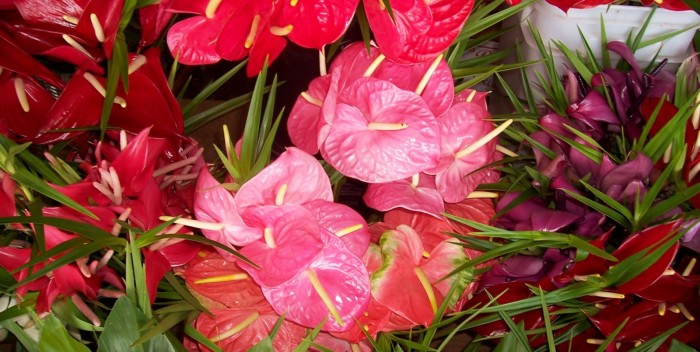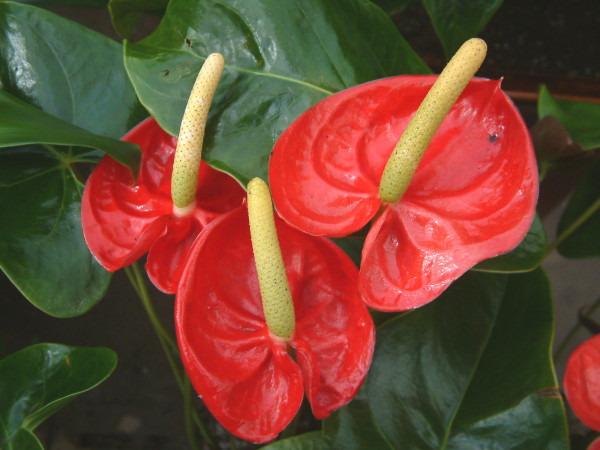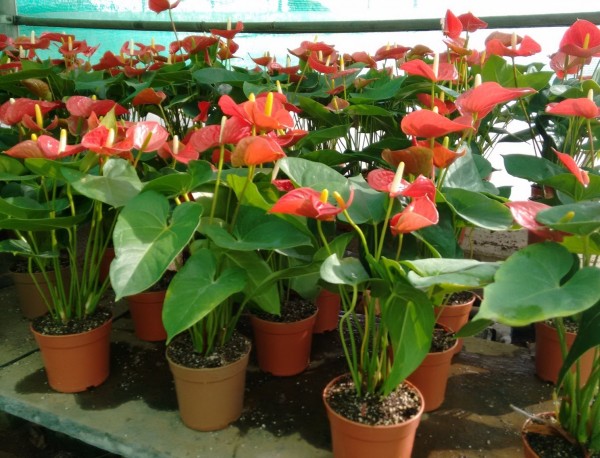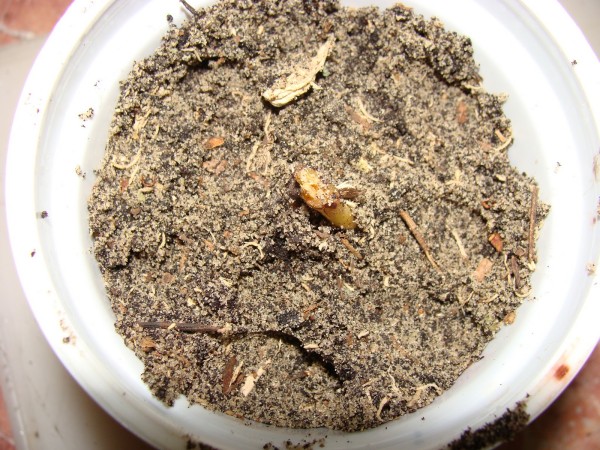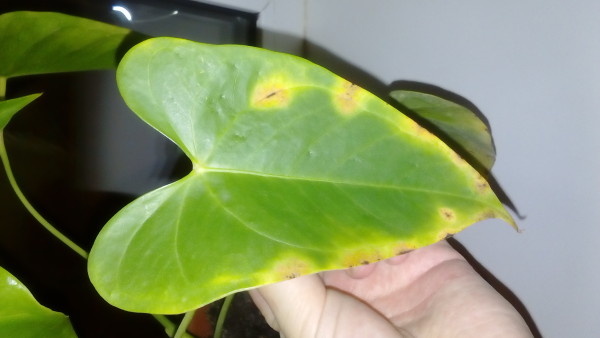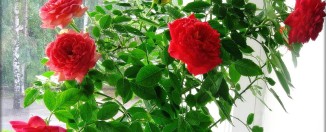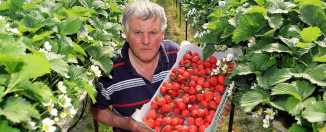Anthurium: planting and care
The attractive bright anthurium came to us from the subtropical forests of South America. In nature, there are about 500 species of anthuriums, some of which began to be used for decorating buildings and growing in winter gardens. Taking care of this plant at home is not easy, but a true lover of unusual flowers will not be scared away by possible difficulties.
Content
Planting and caring for anthurium at home
The natural habitat of anthurium is tropical rainforests. Therefore, for successful cultivation, it is necessary to create conditions in the apartment that are closest to it. One of the main conditions is to provide suitable lighting conditions:
- For anthurium, diffused light will be most suitable, at the same time, in the shade, the flower will also feel comfortable. Therefore, it is best to place the pot with this plant on the west or east side.
- Do not place the plant directly on the windowsill. This can lead to leaf burns. It is best to place the pot on a stand at a distance of about half a meter from the window.
- In the winter season, the plant needs to create a long daylight hours. Therefore, you need to put the pot on the south side or create additional lighting.
The plant treats heat very well, so in the summer it must be kept at temperatures up to +26 degrees. In winter, this value must be reduced to +17, and with the onset of spring, the air warming up again to the usual one. Anthurium is very afraid of drafts, so it must be kept away from open windows and doors.
The greatest difficulty in growing anthurium represents the creation of suitable humidity conditions. It is best to use a humidifier for this purpose, but if this is not possible, the plant needs to be sprayed several times a day. To some extent, containers with water placed near the anthurium will help.
For glaze plants need to use soft purified water. In summer, anthurium is watered abundantly once every three days. In winter, watering is reduced to once a week. Instead of watering the anthurium, you can arrange a shower. This will maintain the required moisture level and remove accumulated dust from the leaves.
For better development, anthurium needs to be constantly feed... The frequency of feeding is twice a month. The most effective way to feed a plant is to spray it with a solution of a complex mineral fertilizer.
Anthuriums will not give up organic fertilizers either. Once a month, you can water the plant with an infusion of chicken droppings. The procedure is performed only after watering with water to prevent burns on the root system. If necessary, the soil is mulched with fresh leaf humus or rotted horse manure.
Anthurium transplant
Like other tropical ornamental plants, anthuriums are sold already planted in pots. This is usually a budget option that does not provide the plant with comfortable conditions. Therefore, after buying anthuriums, it is customary to transplant. This must be done in the first three days after purchasing the flower.
To reduce the likelihood of disease and provide good growth conditions, the soil should consist of 1 part turf, 2 parts moss and 2 parts peat. At the bottom of the pot, a drainage layer of expanded clay, crushed stone or broken brick must be laid. This will provide the root system with air flow and get rid of excess moisture.
While the plant is young, it is transplanted every year, gradually increasing the size of the pot. An adult, mature plant is transplanted every two years.
After purchase, the plant is watered and carefully pulled out of the old container so as not to damage the fragile roots. The root system is examined and all damaged and rotten roots are removed. After that, the anthurium is placed in a new pot and the prepared soil is gradually poured. After filling the pot, the soil is crushed so that it sits tighter.
If the plant is transplanted due to soil depletion, then the root system must be cleaned of old soil before transplanting. For this, an earthen lump with roots is soaked in water. Then the substrate will get wet and come off.
The transplanting process can be combined with dividing the bush. This can be done when the plant is four years old. It is customary to divide it in winter, when the plant sheds its foliage. When dividing, leaves and buds should remain on each part. If during division it is not possible to untangle the roots, then they can simply be cut with a sterile knife and quickly transplanted into prepared containers.
Why do anthurium leaves turn yellow
There may be several reasons for yellowing of anthurium leaves.
- Firstly, improper watering leads to the appearance of yellowness. Water should not stagnate at the roots, at the same time, the soil should not be allowed to dry out. Watering with hard water is often the cause, so only settled liquid should be used for watering.
- Secondly, the wrong size of the pot. If the capacity is too free, moisture accumulates in the lower soil layer and the root system decays. To solve the problem, the plant needs to be transplanted into a pot of a suitable size.
- Third, improper lighting, such as direct sunlight. In this case, the anthurium must be removed from the windowsill or shaded from the scorching rays of the sun.
- Fourth, low air temperature. This happens when in the summer the plant is taken out to the balcony, and with the onset of autumn they forget to bring it back to the apartment.
